The Power of Pipeliner CRM’s Report Engine: Turning Data into Decisions
The Powerful Report Engine of Pipeliner CRM, Nikolaus Kimla argues that Pipeliner CRM offers what is likely the most flexible, visual, and powerful Reporting Engine in the CRM market. He contends that traditional CRM reporting can be time-consuming and often requires multiple people and even the IT department to create a single report. Pipeliner set out to revolutionize report creation with a focus on three core principles: complete data transparency, entirely visual reports, and ease of creation and automation. This approach gives users instant, dynamic visualization of their data, which is essential for making informed decisions<.
But what exactly makes Pipeliner’s reporting so different?
Reporting Engine Features
Pipeliner’s user-friendly design allows you to create reports from any of its entities—such as an Account, Contact, or Opportunity—which is a significant departure from other CRM systems. The “Power Panel” is a central feature that allows you to modify report views easily, set access permissions (private, public, or custom), and apply filters. Pipeliner also offers a wide range of chart visualizations, including line graphs, bar charts, pie charts, and stacked bar charts, to make data instantly understandable. Another powerful feature is “Report Scheduling,” which automates the process of sending reports regularly, saving valuable time.
The New CRM Role in Companies
The ebook explores how Pipeliner CRM has expanded far beyond a traditional “point solution”. This has created a new, critical role within companies—one that is responsible for connecting processes across different departments, including sales, marketing, finance, and product development. Kimla uses the analogy of Johann Strauss’s “Blue Danube Waltz” to illustrate the ideal of a smooth, seamless flow of data between departments. This new role is vital for a company to survive in today’s competitive environment, and Pipeliner offers to educate individuals for this position at no cost.
More on Report Engine Features
In this chapter, Kimla dives deeper into advanced reporting functionalities. You’ll learn about the simple process of sharing reports with team members and the ability to enable or disable editing permissions. A standout feature is “Historical Reporting,” which allows you to analyze historical data, such as opportunity trends over a specific time period, with a unique Sankey visualization. The “Advanced Report” feature is also highlighted for its ability to combine multiple entities and fields, providing a more comprehensive view of your data.
The Vital Importance of Reporting
Reporting is “the most critical function for any CRM system”. Pipeliner’s reporting is designed to be highly flexible so that it can adapt to the constantly changing needs of a business. This flexibility is the basis for the term “Instant Dynamic Visualization”. Kimla explains the difference between “knowledge” and “information,” arguing that Pipeliner’s dynamic reporting gives users the knowledge and insight needed to identify problems and make informed decisions. This focus on core issues and problem-solving ultimately leads to greater efficiency and profitability.
The Report Engine AI Agent
The ebook concludes with a look at the future of reporting: artificial intelligence. Pipeliner has released its first effective AI agent for the Report Engine, which makes creating reports as simple as typing or speaking your instructions. However, Kimla strongly emphasizes that AI is only valid if your data is accurate and clean. This is why Pipeliner provides a “Duplicate Checker” to ensure meaningful results. The reports generated by the AI agent can be easily added to Pipeliner’s powerful dashboards, giving sales management a comprehensive overview of the company’s operations.


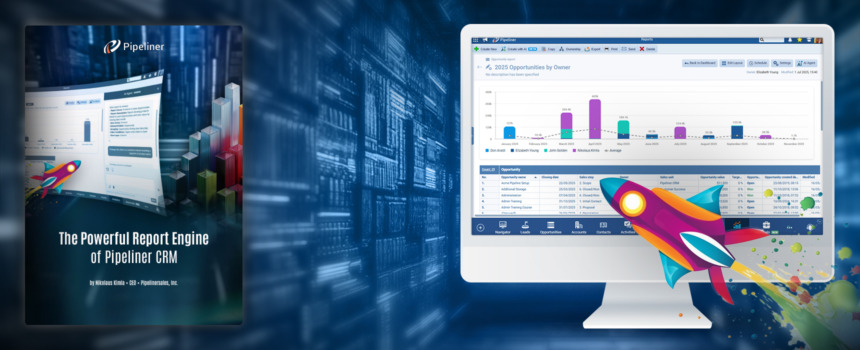



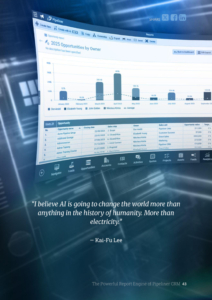
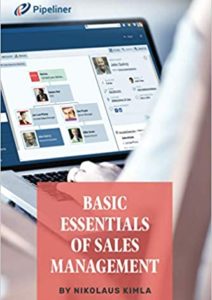
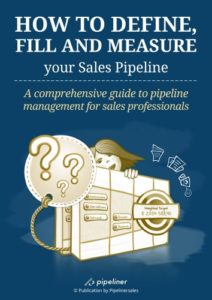

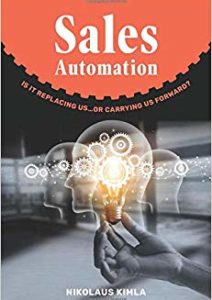


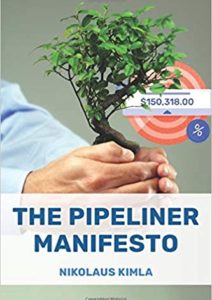


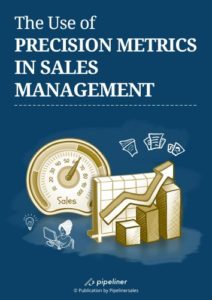


















Comments